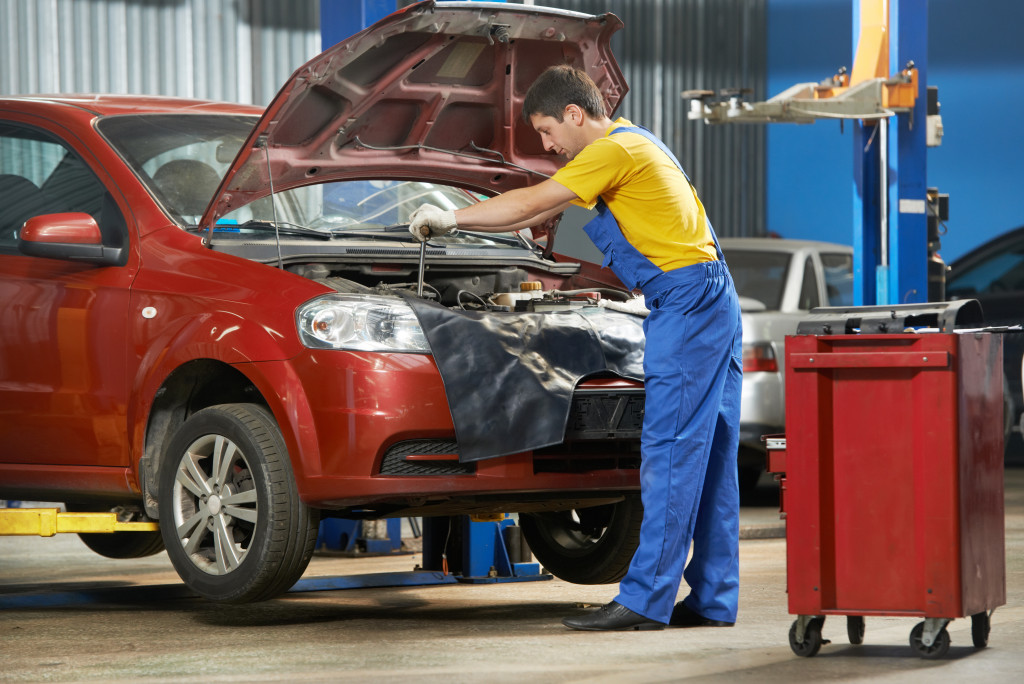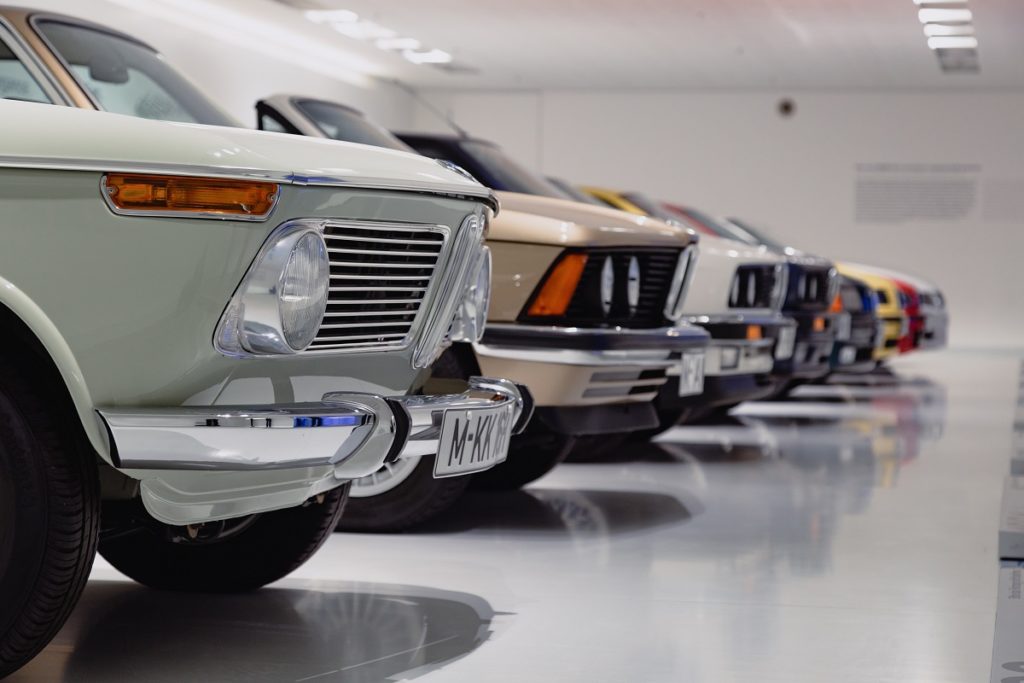Buying a car that is already two decades old comes with an increased level of risk. Even if the vehicle has been well-maintained throughout its lifetime, the general wear and tear on the car makes it susceptible to a lot of problems.
Nevertheless, buying a 20-year-old car can save you money compared to purchasing a brand-new one. You won’t have to worry about depreciation while the car takes you wherever you need to go. On top of that, it won’t be as much of a hassle if your car gets scratches or dents because, well, it’s already old.
If you’re thinking of buying a car that is around twenty years old or more, here are the factors that you must consider first:
The car’s condition
Before you buy a 20-year-old car, you must check its service records to determine what has been done to the vehicle in the past. Although the service records might not give you a complete history of repairs or maintenance done on the car, it will provide you with a good insight into the car’s condition.
When inspecting the car, here are the most critical areas you should check:
1. Auto glass
The glass of the car should be free from chips and cracks. Otherwise, you have to take the vehicle to an auto glass repair service, which you can use to negotiate a lower price. Leaving broken or chipped auto glass is a serious safety risk; if the glass breaks, it can injure you or your passengers easily.
2. Body
Expect to see a few dings and scratches on a twenty-year-old car. However, ensure that those scratches do not go past the paint and into the metal, as they can make the car susceptible to rust.
Twenty-year-old cars are still modern-looking and won’t stick out like a sore thumb on the road. Aesthetic-wise, you probably won’t have any issues. Moreover, if the car is garaged, the bodywork will most likely be in good condition.
3. Engine mechanical
Engine mechanicals in twenty-year-old cars pale in comparison to today’s models, but they can still serve their purpose as long as they are well-maintained. However, keep in mind that old engines might not be as powerful as newer ones, and you can expect to spend money on repairing and replacing few parts of the engine to extend its service life.
4. Suspension
Older cars are prone to spring breaking due to the general wear and tear on the springs. Ensure that you give special attention to the car’s suspension when you decide to buy it.
5. Brakes
Like the suspension, the brake system of an older car has gone through twenty years of wear and tear. Hence, expect to perform additional maintenance tasks to the brakes to ensure a safe drive.
6. Interiors
When inspecting the car’s interiors, pay attention to the smell. If the car smells like mold or mildew, it can indicate leaks caused by a failed heater core or a clogged AC drain. If the vehicle has an acrid smell, the previous owner(s) might have been heavy smokers, and the smell can be challenging to remove.
The car’s price
Since a twenty-year-old car is fully depreciated, it will likely cost only 10-20% of its original price. The price of a vehicle will also depend on its condition, existing issues, and the price of other used cars on the market. Spend enough time looking at several vehicles on the market and comparing them with each other before making a final decision.
Your commitment

A twenty-year-old car needs some serious maintenance if you plan to keep it running for five or ten more years. Do you have the time, money, and willingness to perform regular maintenance? Are you prepared to spend extra money on unexpected repairs and replacement parts? If so, then buying a twenty-year-old car can be the right move.
Old cars, when well-maintained, can be very reliable. Since many older models are built to last, you can expect a vehicle from the ’90s or early 2000s to still have a decade or so of usable years.
However, keep in mind that buying an old car also has some serious risks. To ensure that you don’t buy a money pit, take an experienced mechanic with you when inspecting a vehicle and don’t pass up on the test drive.

